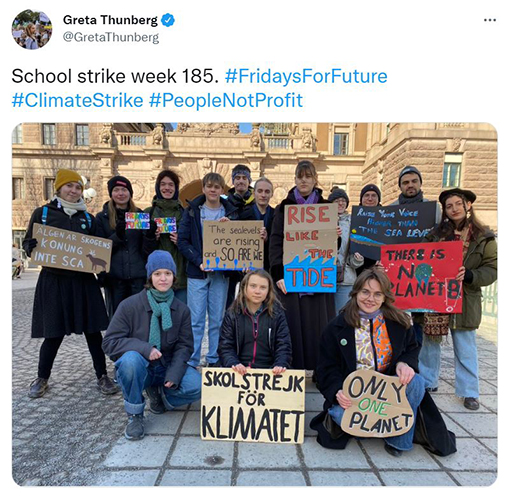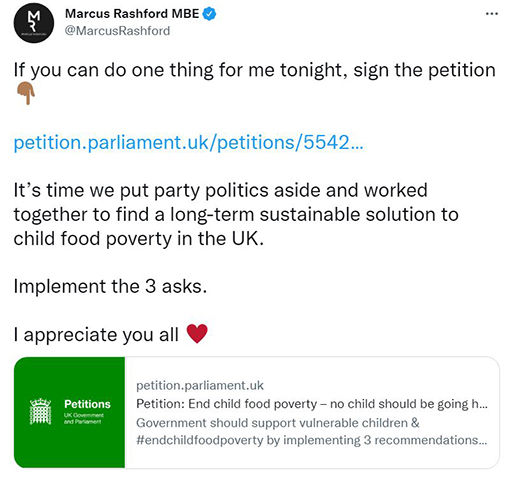5 Making change outside of parliamentary politics
Working with local councils
In the UK, the issue you want to change may be best dealt with at a ‘local’ level, through working with your local elected representatives, known as councillors. Councillors represent their local community, develop and review council policy, and scrutinise decisions taken by the council. They can be a good place to start if it’s a ‘local’ issue, although you need to check who is responsible before you start. If you live outside the UK, you can work with your own local representatives.
Working with the arts and music
You can raise awareness through art (‘artivism’) and craft (‘craftivism’), using visual creations to promote a political or social cause. Similarly, social injustices and political causes can be highlighted through musical performance and lyrics. This can be a good way to raise the profile of a cause, although may need to be accompanied by more ‘formal’ campaigning and media activism.
Taking part in media activism
You may find this a quick and cheap way to raise the profile of an issue and gather support, including for groups who are underrepresented in ‘mainstream’ ‘traditional’ media. It includes social media campaigning, creating websites and making videos. Petitions are often advertised via social media. However, you may still need to get your campaign covered by the traditional media (newspapers, television news) to get traction.
Getting involved in broadcasting
Contributing to television and radio programmes, and even writing/presenting them, is a more traditional form of media activism. You will need to build up some traction to undertake the latter, with presenting often out of reach until you reach a certain level of reputation, or you already work in this field. For this reason, you may find social media campaigning a better initial approach. Making your own videos and broadcasting them via a website like YouTube is an accessible alternative to traditional broadcasting.
Writing/publishing
If you want to reach a broad audience you should make your writing easy to understand, accessible to people who are visually and hearing impaired, easy to find, free (or low cost if professionally published), and potentially interactive (give people the opportunity to respond).
It’s useful to write in more than one mode, to reach as many people as possible (if you write a report, you should also craft some social media messages which summarise it). Think about who you want to reach and what your aims are, and chose the mode(s) that fit. The written word can be very powerful, whether it takes the form of journalism, books, poetry, reports, or writing for social media (blogging, for instance). The work could be professionally published or more informal, depending on the audience and your aim.
Lobbying those with influence
You can attempt to influence your elected representative through lobbying. It is the lawful attempt to influence political decision makers, such as MPs and government ministers. Lobbying can be done by individuals, advocacy/special interest groups, or professional lobbyists (experts hired to lobby on behalf of an individual or group). Most lobbying is done by organisations via advocacy. You can also lobby businesses and organisations – basically, people and organisations who have power or make decisions.
Taking part in economic activism
You can utilise your economic power to make change. This can be done in two ways:
- boycotting companies and organisations whose values/way of working you don’t agree with, therefore pressuring them to change their behaviour, or
- rewarding ‘good’ companies and organisations through patronage and positive social media.
Taking part in peaceful protest
You can attempt to achieve change via raising the profile of an issue through non-violent and legal demonstrations. Peaceful demonstrations are legal under UK law, with restrictions. Wherever you live, it is a good idea to check current legal guidance before taking part in or organising a demonstration to make sure you are aware of current rules.
The attention gained from peaceful demonstrations can evolve into more formalised methods of campaigning like making documentaries, speaking at conferences, writing for newspapers etc.
Focusing on your local community
Community talks, presentations, and local lectures can be great ways for you to raise awareness of an issue. It can also be a good way to gather support and set up a campaign group.
Activity 5: making change using social media
As discussed above, one of the ways you can try and create change is through social media.
Twitter, a microblogging site where you can publish messages (‘tweets’) of 280 characters or less, is a popular way to highlight an issue you are passionate about. The messages can be ‘retweeted’ by other people, ‘liked’ and responded to.
We have linked some examples of campaigning tweets below. Once you have read them, think about how you could utilise Twitter to support your cause. Try drafting some tweets using these examples as templates.
- Greta Thunberg [Tip: hold Ctrl and click a link to open it in a new tab. (Hide tip)]
- Marcus Rashford



